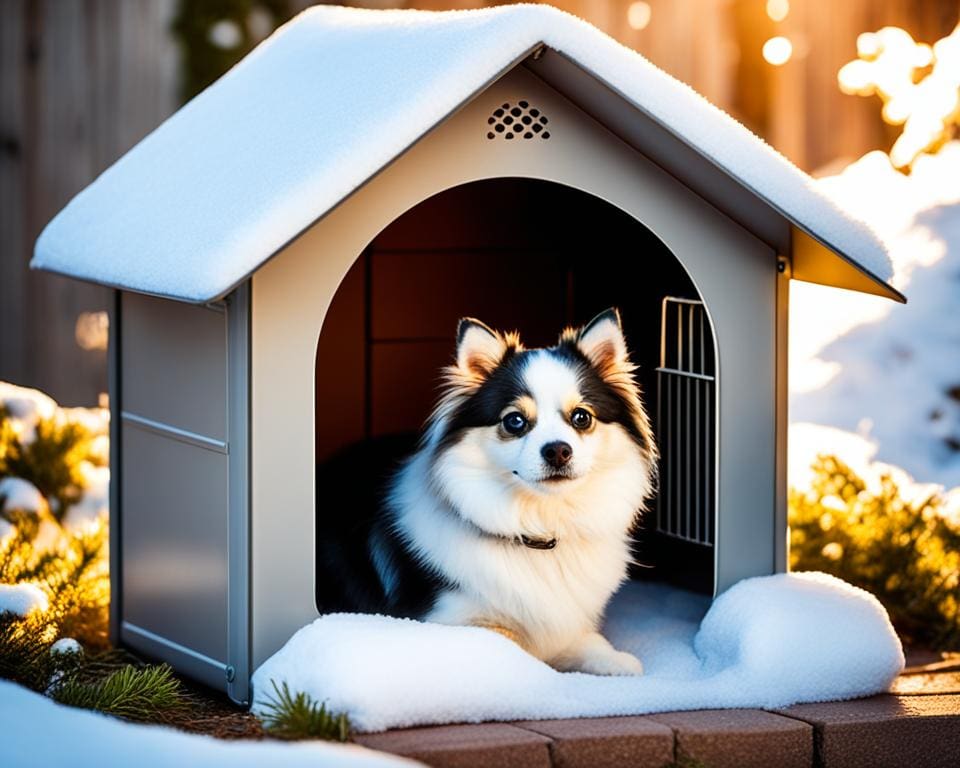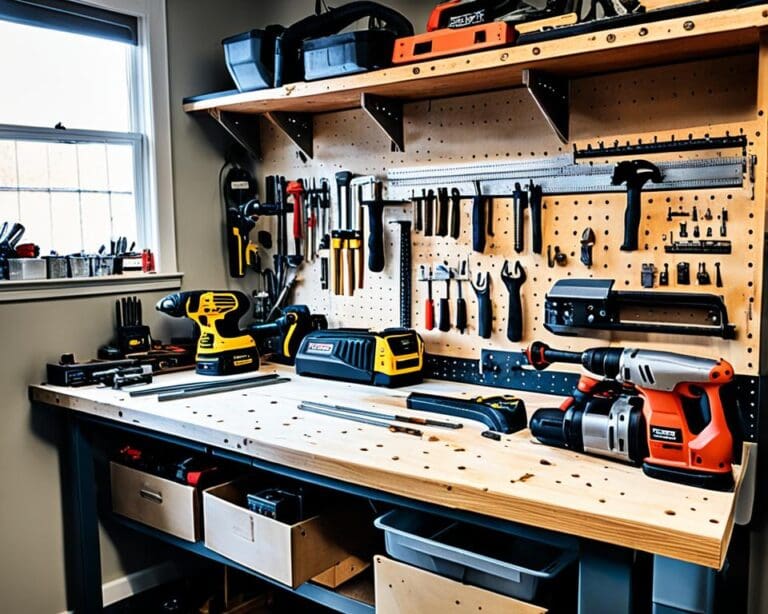As winter arrives, Pet Heaters become critical. Outdoor pets in cold places need extra care to stay safe and warm. Prolonged cold can cause health problems like hypothermia and frostbite. Proper outdoor pet heaters turn a chilly space into a cozy haven. This change is huge for our furry friends.
For pets outside for a long time, it’s key to have good outdoor pet heaters. A dry, insulated shelter is critical. For dogs, an insulated house, and for cats, a shelter made for them. Heated water dishes stop water from freezing, so pets stay hydrated in the cold. Pets might need more food in winter. So, it’s important to check on them often and adjust how you care for them.
Making sure your pets are warm in winter leads to a better, healthier life for them. The right heaters meet your pet’s needs, keeping them safe and warm. In summary, don’t let the cold bother your pets. Make sure they have the warmth and comfort they need.
The Importance of Pet Heaters for Outdoor Pets
When it gets cold, keeping outdoor pets warm and safe is very important. Pet heaters are key for comfort in winter. Since every pet handles cold differently, we must know what they need. Smaller pets, young ones, and those with thin coats feel the cold more. If it’s colder than 50 degrees Fahrenheit, it’s best not to leave pets outside for too long. Doing so keeps them healthy and avoids dangers like hypothermia or frostbite.
Understanding Your Pet’s Temperature Needs
Pets’ ability to handle cold varies by breed. For example, Huskies do well in the cold but Greyhounds might need sweaters or heated places. It’s a good idea to let outdoor pets inside when it’s very cold. It’s important to keep checking the temperatures to keep pets comfy. Dogs like it best between 65 and 85 degrees Fahrenheit. Under 65, they have to work harder to stay warm, needing more food.
Basic Pet Care Essentials in Winter
In winter, taking care of outdoor pets means several key actions:
- Provide proper shelter against snow and wind.
- Ensure there’s always fresh water by using heated bowls to stop freezing.
- Give them more food for extra energy to keep warm.
- Check their water regularly, at least twice daily, to keep it clean and unfrozen.
- Watch for signs of cold issues like shivering or wanting to be close to heat.
Looking after outdoor pets in winter needs careful attention. Adding pet warmers, like heat lamps and cozy shelters, greatly helps their comfort and safety. When using these, it’s crucial to keep an eye on them to ensure they are safe and working well.

Types of Pet Heating Solutions Available
Indoor pets enjoy warmth easily, but outdoor pets face the cold of winter. It’s crucial to look at heating options for them. Heated dog houses, pads, and blankets are great choices. Each one meets different needs, helping pet owners pick what’s best for their pets.
Heated Dog Houses
Heated dog houses make outdoor pets’ lives better. There are two main types: insulated and electric. Insulated ones keep out cold winds and wet, holding in 30% more warmth with extra insulation and carpet. They are the choice of 65% of households with outdoor pets for being safe and cost-saving.
Electric dog houses give steady warmth. Yet, there’s a risk with chewed wires or electrical issues. It’s key to choose the right spot, size, and use materials like straw for comfort.
Heated Pads and Blankets
Heated pads and blankets are also good for keeping pets warm outside. They keep a pet’s natural heat in. About 70% of pet owners like them more than electric heaters for being safe and effective. These pads fit well in dog houses or beds to help pets stay warm at night.
For electric pads, make sure wires are safe and the area is secure. Adding heavy blankets or straw helps keep more warmth in. High-quality heated pads and blankets mean warm and comfy outdoor pets, even in deep winter.









